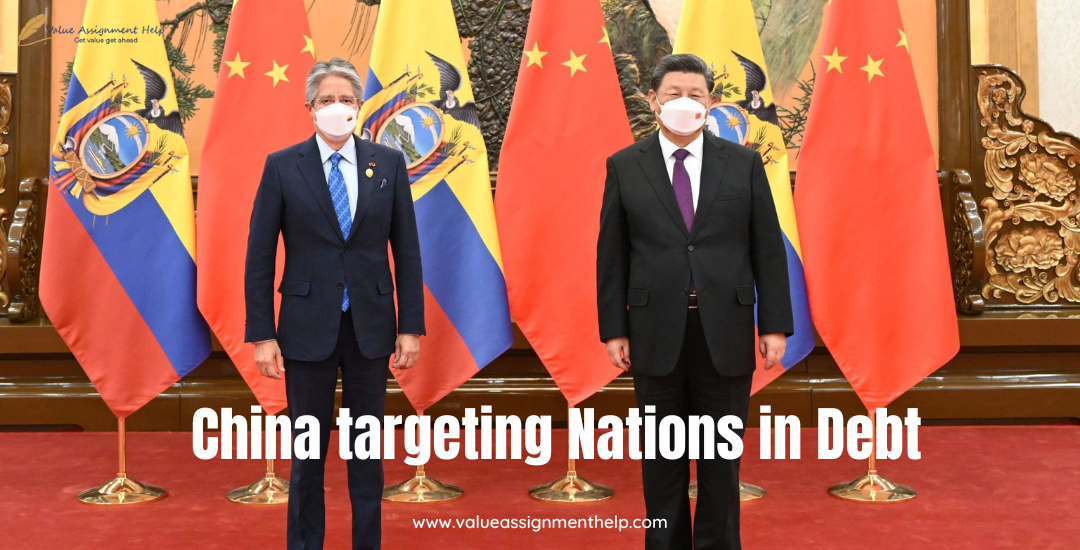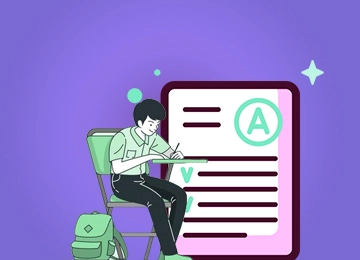
Search Assignments
Our Experts

Search Assignments

Customers Reviews
China has an image of debt-trapping nations via potentially “dead investments” in other nations and then taking over their assets to repay those debts. Allegedly, China has been going around the same vicious circle over and over, trapping over 40 low-income nations so far. However, like every two-faced coin, this story indeed has two sides. Are these allegations true about the nation? Is China a “Debt-trapping country”, or are these mere stories drafted in the face of jealousy and attack? Read through the article to uncover the other side.

China recently made headlines when it captured Uganda Airport after the inability of the nation to repay the debt borrowed. China put forward the compensated Loan eying the inability of the nation to pay back the debts.
However, post-China decided to take over the Airport. The news has made headlines, and similar cases from the past have also been brought to light. Pinning the blame on China, many reputed media houses have bashed the nation for “Debt-Trapping”. In 2018, Michel Richard Pence, Former Vise president of the United States, coined the term “Debt-trap Diplomacy” to warn peeps about the actual deeds of the Chinese Government.
Coined by Indian Academia “Brahma Chellaney”, debt-trapping is luring fund deficit nations into taking a consolidated loan, then capturing its assets for geopolitical advantages on the failure of repayment. Usually, the fund invested in such nations is a “dead investment”, which will not reap profit for the nation in the future. This inability to generate profits from investments will keep nations on credit. Hence, opening the perfect doorway to freeze any assets to recover the cost of debt.
For debt-trapping, China has made headlines for quite some time now. China has lent generous loans to developing nations from Pakistan and Sri Lanka to Uganda, Laos and Lebanon. According to World Bank Data, the lending fund in China has increased by four-fold since 2010. With the loan amount standing at 170 Billion USD, China has some spare cash to spend!
In Sri Lanka, China has been blamed for luring the country into developing a fancy seaport that was way out of the SriSri Lankandget. Lending nearly a Billion Dollars, the new port is called “Hambantota port”. Inaugurated on 18th November 2010, the port did not gather as much traffic as expected, and Government defaulted on the Chinese Loan.
The matter was closed after the Sri-Lankan Government surrendered their port to the Chinese Government in 2017 for a 99-year Lease.
The same is the case with Lebanon, Zambia and Laos. As per AirData, almost 40 nations worldwide have been indebted to China, where the Loan overdue is more than 10% of their entire economy!
However, if we closely examine the case of Sri-lanka, the failure of the project was
However, Stating facts about the Sri Lankan Port:
China’s interest in the Middle East is anchored in the Belt and Road Initiative, which aims to expand Chinese influence worldwide through economic ties.
If you wish to avail our reliable assignment writing services, simply fill in your requirements in the order form and submit. As per your requirements, our team of subject matter experts will generate and deliver a quality paper at an affordable price.




No Comments